
Echoes of Ancient Lands
Aihole Karnataka India
Mother Masala Tours
The Cradle of Indian Temple Architecture
Aihole Karnataka India. A town that plays a crucial role in the cultural heritage of India. Often regarded as the "Cradle of Indian Temple Architecture," has a rich history that dates back to the 6th century CE. The region was an important center of the Chalukya Dynasty, which significantly influenced the development of temple construction techniques and styles that would later spread across India. This historical town is especially notable because it served as a testing ground for innovative architectural designs by various artisans and builders. Over time, Aihole became home to over 100 temples, each reflecting the unique styles and crafts of the era.
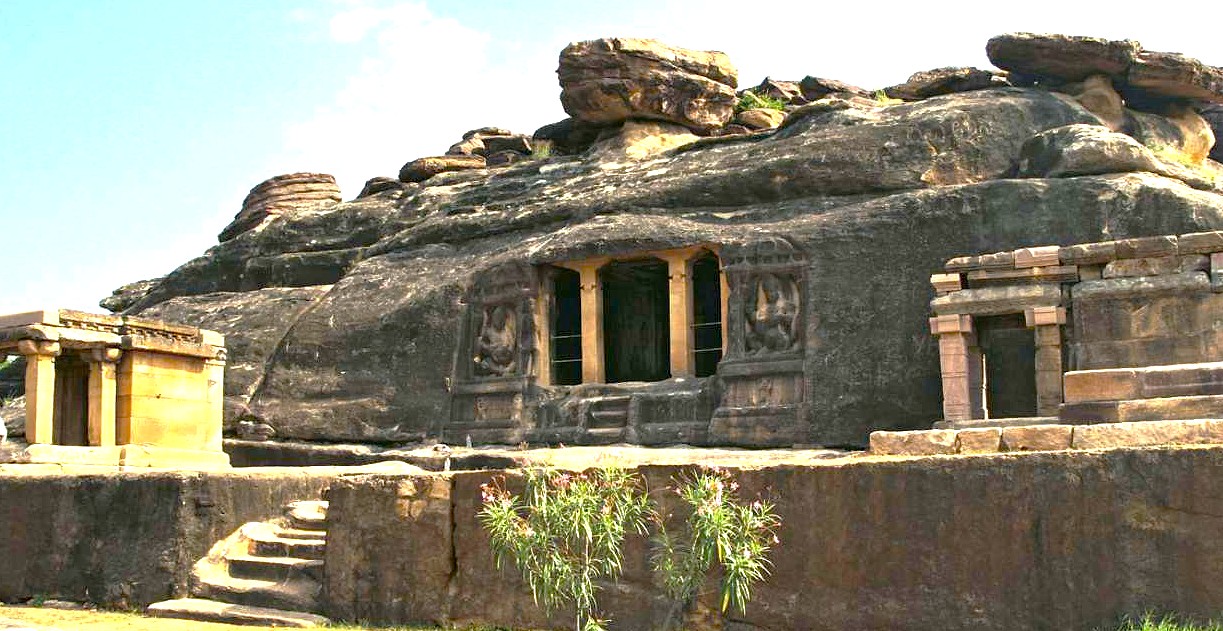
Aihole Karnataka India: Timeless Artifacts
The landscape is dotted with many important temples and sacred sites, each offering a glimpse into the artistic and spiritual richness of the region. The Durga Temple, known for its apsidal shape, dates back to the 7th century and is dedicated to various deities, revealing intricate carvings and sculptures that narrate Hindu mythology. The temples here are not just places of worship; they are repositories of historical artifacts, including stone inscriptions and idols that provide insights into ancient Hindu practices.
Ancient Mosaics: Impeccable Craftsmanship
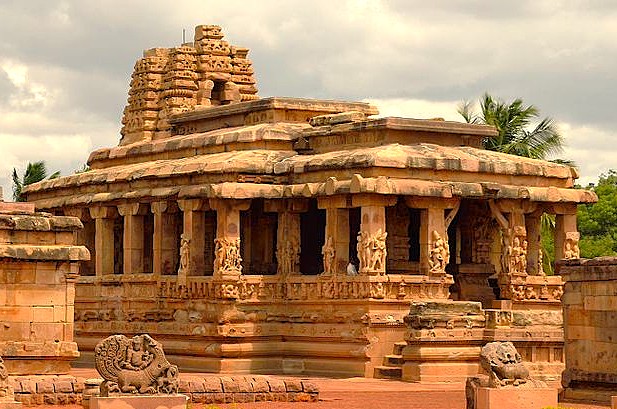
The temples of Aihole, built mainly in sandstone, reveal the skills of ancient artisans through their impressive structures and detailed designs. Each temple stands out with unique carvings that show a mix of simple lines and ornate features. The Huchchimalli Temple catches the eye with its carved door frames and decorative columns, all laid out in ways that were common in early medieval styles. These buildings reveal how artists balanced visual appeal with practical structure. Looking at the architecture, we notice how each part fits with purpose and order.
The Pulse of the Local Community
The people of Aihole in Karnataka, embody a spirit of hospitality and cultural pride that enhances the experience of anyone exploring this historical town. Despite its smaller population today, the community is active in preserving and promoting their local heritage. The atmosphere is filled with a sense of belonging, where residents take pride in their history and are eager to share it with others. Those engaged in traditional crafts often pass their skills down through generations, ensuring that the artistry and techniques are not forgotten.
Capturing the Magic: A Photographic Haven
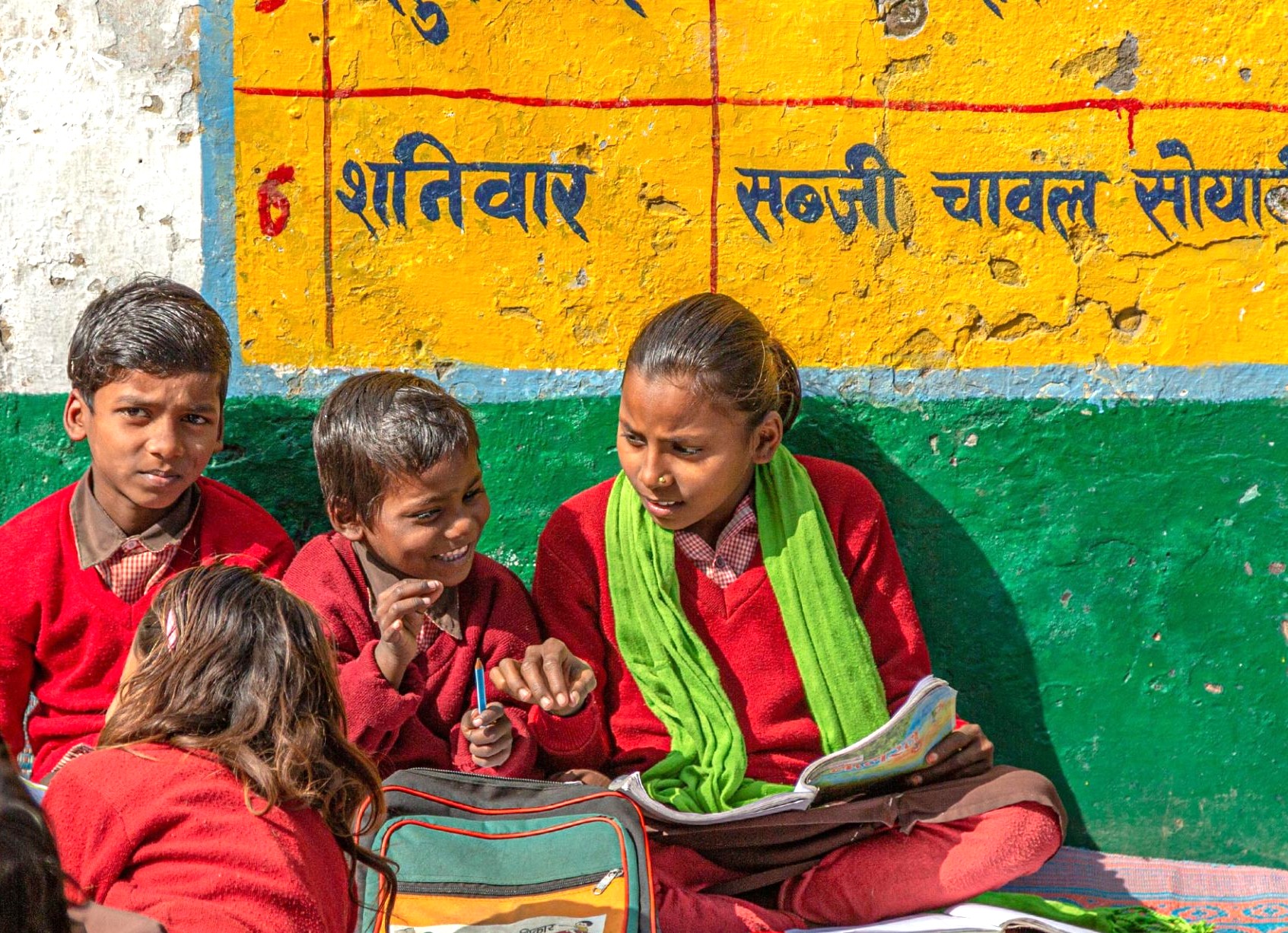
Aihole has many spots where the ancient temples stand with rugged hills behind them, forming scenes that work well for photography. The lines and carvings on every temple bring different angles and shapes that draw the interest of anyone looking through a camera. With simple stone figures and detailed patterns, the temples open up many ways to capture a sense of the past. Some people spend their time noticing the changes in shadow and light across carved stones through the day. Taking photographs here means seeing the mix of old design and solid landscape.
A Culinary Journey: Savor the Flavour
Aihole Karnataka India. Aihole features popular local dishes, with jowar roti as a well-known choice in this region. Jowar roti is a flatbread made from sorghum flour, often served with an assortment of chutneys and sambar that bring in flavors unique to the area. The dishes here give a taste of what is grown in the surrounding fields and how it is used every day. Sitting at small eateries or local restaurants, we see plates of this roti shared around many tables, handled in simple ways.
The Connection with the Gods

Aihole reveres mainly Shiva and Vishnu, and several local myths center around these deities. There is a story of Shiva revealing knowledge of temple construction to a group at the Durga Temple, offering useful guidance on building with care. Other stories mention Vishnu in the area, sometimes describing him taking different forms, present in many ways during town gatherings or festive times. We hear accounts where Vishnu is seen as a protector, quietly looking over people who come here. Some stories are shared to explain the unusual number of temple styles and shapes seen here.
Festivals of Devotion: Honouring the Sacred and the Divine
One of the key celebrations in Aihole is the Pongal festival, which typically occurs in mid-January. This harvest festival honors the sun god, Surya, and symbolizes gratitude for a bountiful harvest. During this period, the community engages in decorating homes and temples with kolams, intricate patterns made from rice flour. Special prayers and offerings are made, and traditional music and dance enliven the atmosphere, drawing people from towns around to participate in the festivities. Notable figures in these celebrations often include local artisans who showcase their skills through performances and crafts reflective of the traditions upheld in the area.
Serendipitous Meetings: Beyond the Main Path

Walking through Aihole gives us chances to see different crafts and artisans. In the lanes, we see potters working calmly with clay at their wheels, shaping practical and decorated pieces. Sometimes we watch textile weavers make cloth with organized patterns, showing steady movements and care. Blacksmiths use simple tools and strong hands to shape metal items some people need for daily use. Markets nearby have rows of goods like baskets, textiles, and pottery, each showing the styles found in this region. As we listen to stories about old techniques and daily work slowly fill the air.
Ancient Technologies: Sacred Sound, Geometry & Astrological Influences
Aihole Karnataka India. The temples here exemplify the ancient understanding of sacred geometry, based on Vastu Shastra, organized to reflect celestial alignments and natural elements. The design of some temples integrates astrological principles, allowing for specific orientations that connect the earthly with the divine. The building materials used, characterized by indigenous sandstone, contribute not only to stability but also to acoustic properties that enhance sound resonance during rituals and prayers. This connection to sound frequencies aligns with concepts seen in sacred traditions. For instance, the Solefggio 396 Hz, known as the "liberation frequency," facilitates spiritual growth and emotional healing, drawing on the building’s properties to create an immersive sound experience during worship
Resilience and Renewal: Overcoming Adversity’s Challenges
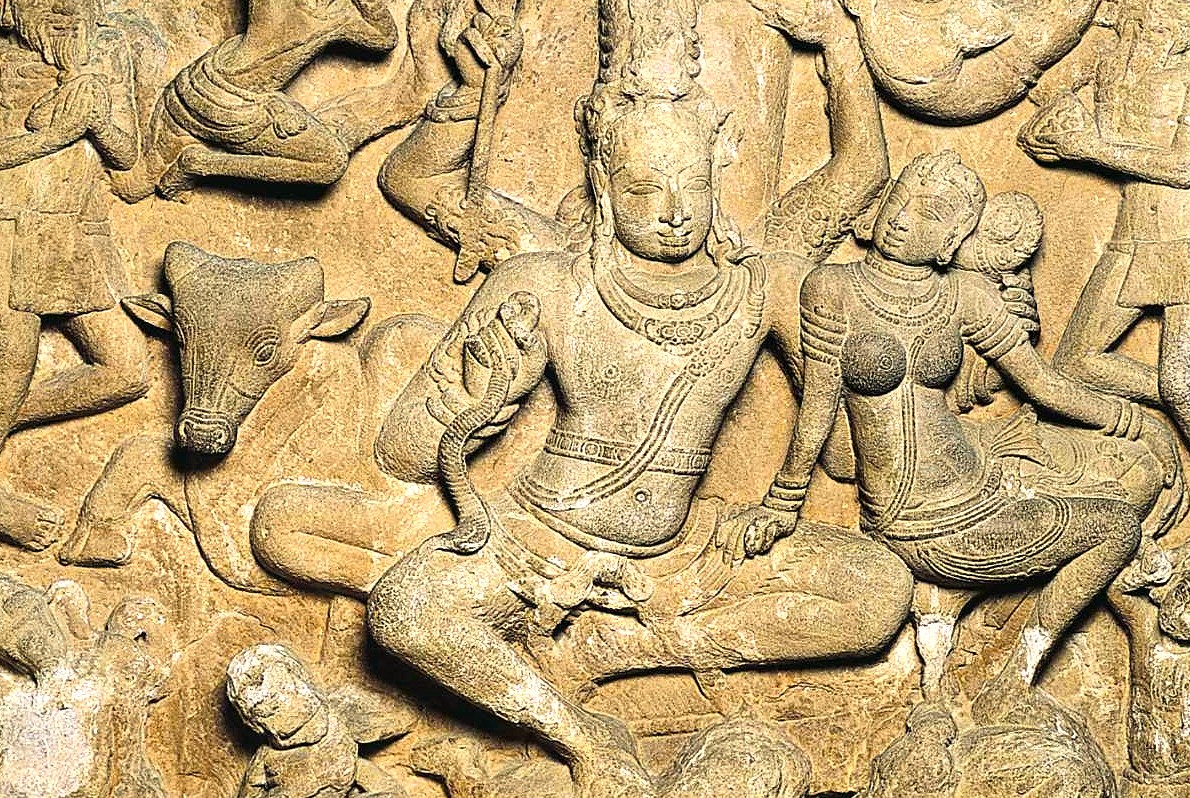
Aihole in Karnataka, has experienced many changes over time. In the 10th century, invasions affected the life of the region, causing shifts in daily routines and the appearance of rebuilt temples. The people living here responded to problems by working together to repair damage, rebuild structures, and continue with daily activities. Later, the decline of Chalukya rule in the 15th century brought other changes, reducing influence and activity. Through these events, some buildings altered their shapes or purpose, while others stayed as reminders of long-standing traditions.
Urban Legends: Strange Sightings, Myths and Mysteries
Aihole is rich with local legends that add a layer of mystique to its historical narratives. One popular tale involves the ghosts of ancient builders, said to roam the temple grounds at night to protect their creations. Locals speak of ethereal sounds, drawing on stories of past artisans who remain linked to their work. Another legend features hidden treasures believed to be buried within the temple complexes, associated with the ancient rulers who once reigned in the area. People tell stories of valiant warriors and their heroic acts, thought to guard these treasures.
Something Incredible Begins Right Here, Join Us
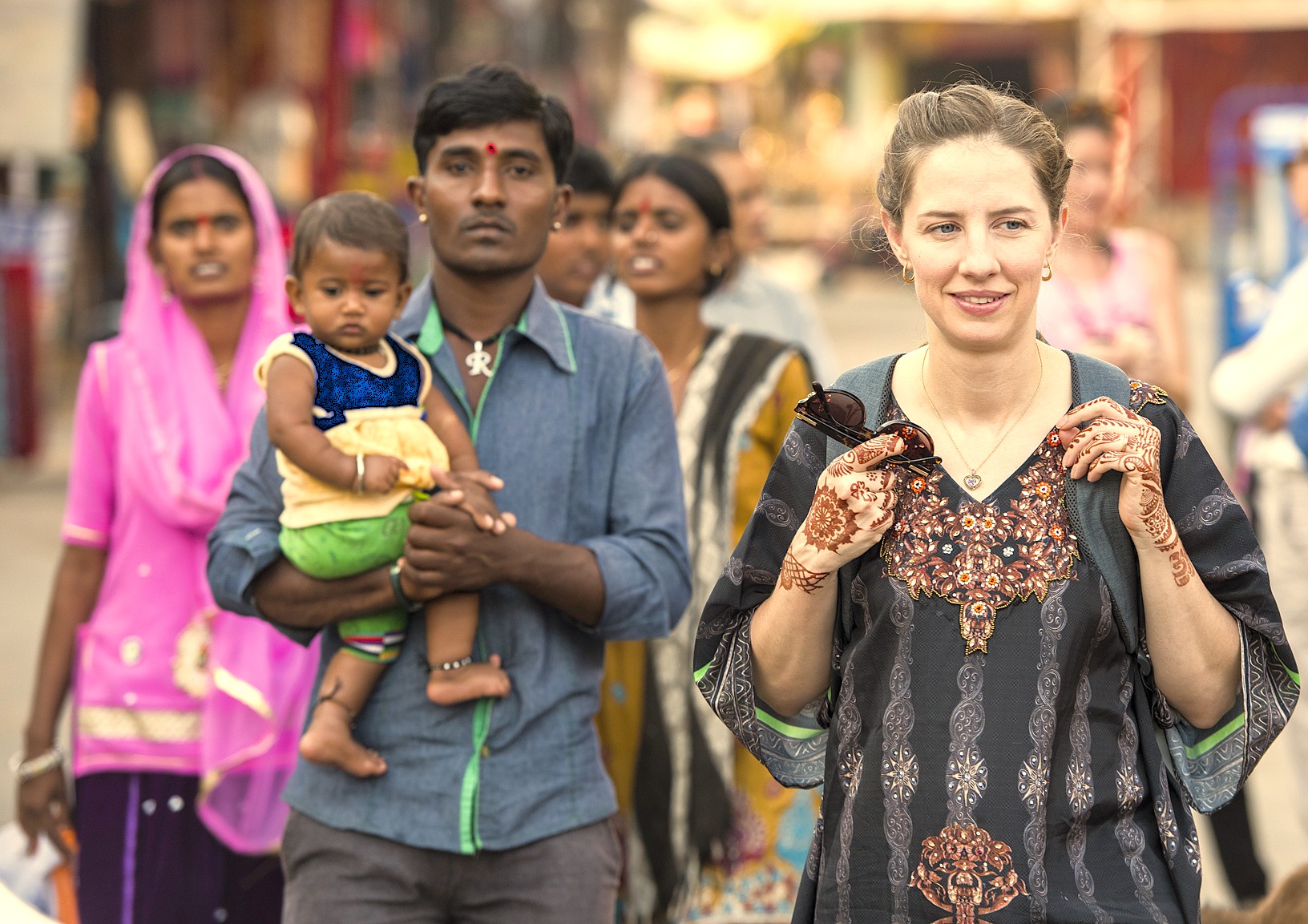
Exploring Aihole, India, offers simple chances to see how history and daily life mix across different corners of the town. Ancient temples line the roads with buildings of carved stone, each shaped by changes through time. Local food includes fresh breads and spicy chutneys, served at small stalls along busier market lanes. Many people in the area still keep up old ways of making crafts, working with pottery, cotton threads, or metal. As we walk from one part of town to another, we hear stories spoken in quiet voices that bring the past closer. This place presents a calm balance of regular routines, quiet tales, and practical daily work.
Symphony of Generosity: Offerings from Wanderers to Residents
Aihole Karnataka India. The relationship between locals and those who come to explore Aihole fosters an enriching exchange of knowledge and culture. When we engage with local artisans, share in their crafts, or delve into their stories, we contribute to sustaining these traditions that define the town’s identity. This connection benefits both the community and those who visit, as shared experiences deepen our understanding and appreciation of the rich heritage that Aihole represents. By supporting local artisans and participating in cultural practices, we help to ensure that the narratives and traditions of this unique town continue to flourish.